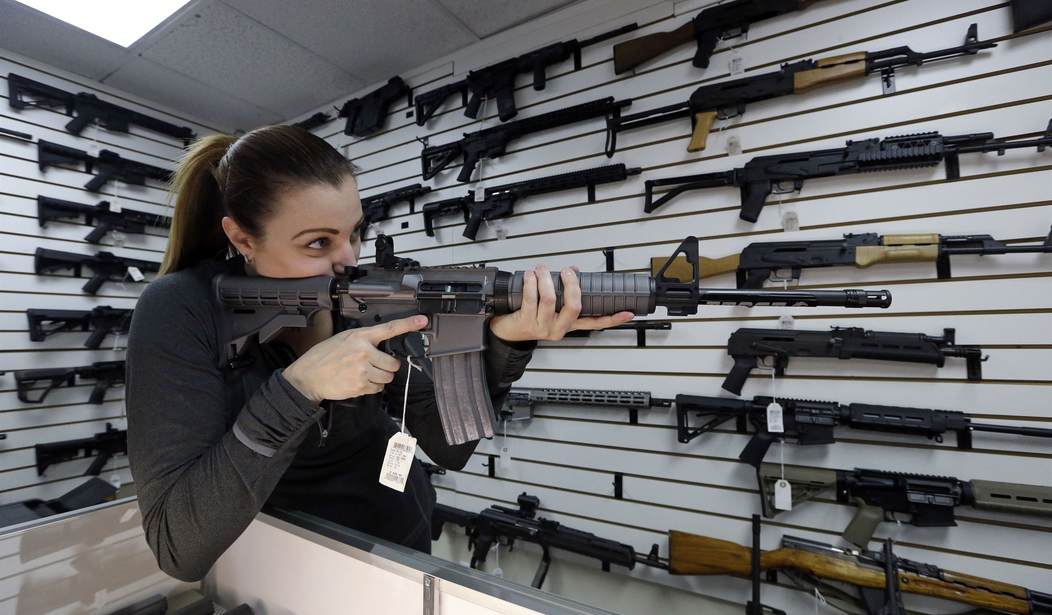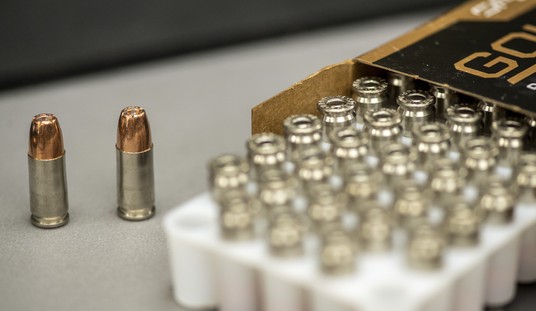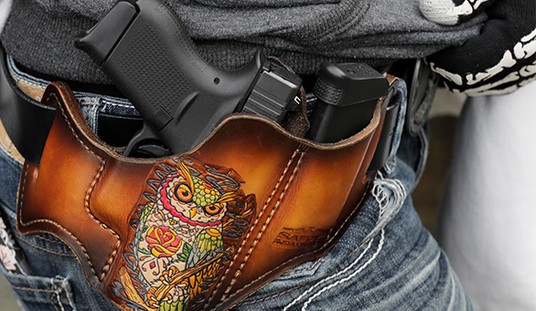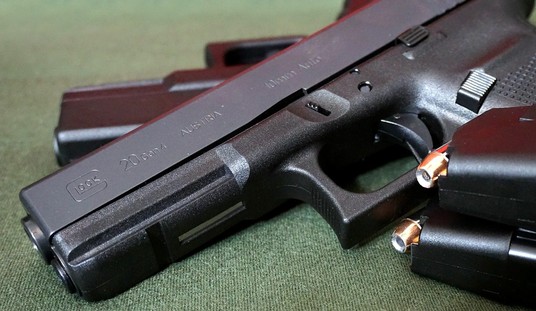On any given day, you won’t be surprised to see some lawmaker calling for an assault weapon ban as part of some effort they’re trying to sell as a way to reduce violent crime.
Of course, most of these people don’t know what an assault rifle is.
If you noticed the difference in those terms, you’re a gun person. An assault rifle and an assault weapon, as people try to define them, are very different. One is already banned and the other just looks similar to the other, which makes way too many people nervous, apparently.
But these difference are often ignored, all because some want people scared.
Are “assault rifles” even a real thing?
Yes, but frequently not in the way that the term, or the slight variance of it, is used in debates over gun control, a Wyoming firearms policy expert said.
The term “assault weapons” in the popular or politicized context dates back to the 1980s as an attempt to evoke public fear and “reinvent the gun control movement,” George Mocsary told Cowboy State Daily.
Moscary is a professor of law at the University of Wyoming and director of UW’s Firearms Research Center.
Military Vs. Civilian
“Assault rifle” has a specific meaning in the military context, Mocsary said. It dates back to World War II, and is said to have been coined by none other than Adolf Hitler.
In military contexts, “assault rifle” refers to an infantry weapon that has three basic characteristics. First, it’s fed by high-capacity, detachable ammunition magazines. Second, it’s chambered for a mid-sized cartridge: larger than the ammunition for pistols and submachine guns, but smaller than cartridges for battle rifle or machine guns.
Also, the weapon features a selective fire switch. That means it can be toggled between semi-automatic fire (one shot per pull of the trigger) and fully automatic fire (once the trigger is pulled, it fires rapidly until the trigger is released or the ammunition runs out).
Some more modern military weapons also have “burst fire,” meaning about three shots are fired for every pull of the trigger.
Now, that last bit is why “assault rifles” are essentially banned. There are a few that were in civilian hands prior to 1986 and are thus available for purchase today, but not a whole lot of them.
Yet somewhere along the way, the term “assault weapon” came into being, and Moscary has commentary on how and why that happened.
The term “assault weapon” entered popular discourse in the 1980s, Mocsary said. And he contends that it was introduced deliberately in favor of more gun control.
A 2017 paper that he co-authored quotes a gun control advocate as pushing for the use of the term. A passage titled “’Assault Weapons’ – the Quintessential Demonization Campaign” argues that the term was introduced to shift the focus from handguns to semi-automatic rifles.
“In the mid-1980s, Josh Sugarmann of the Violence Policy Center found that neither Americans nor the media were interested in banning handguns,” the paper states.
Sugarmann is quoted in the paper as having said: “Assault weapons — just like armor-piercing bullets, machine guns, and plastic firearms — are a new topic. The weapons’ menacing looks, coupled with the public’s confusion over fully automatic machine guns versus semi-automatic assault weapons — anything that looks like a machine gun is assumed to be a machine gun — can only increase the chance of public support for restrictions on these weapons.”
Mocsary said that proves the term “assault weapon” was designed to muddy the gun control debate.
Of course, absolutely no one reading this is going to be shocked by this revelation. We always knew the term “assault weapon” was being thrown around simply to make these guns sound far scarier.
Especially because it equates assault rifles with assault weapons.
In a lot of cases, “rifle” and “weapon” can be used almost interchangeably–all rifles are weapons, after all, even if all weapons aren’t necessarily rifles–which only makes it easier those trying to muddy the waters in the gun debate.
Yet here’s the thing we all need to consider. If their cause were righteous enough and backed by all the research and common sense anti-gunners claim, why would they need to resort to rhetorical tricks to get people to support banning these firearms in the first place?
Especially since assault rifles are already banned.
But anti-gunners simply want to ban as many kinds of firearms as they can. They’ll use existing bans to try and get new ones.
The push against “assault weapons” had nothing to do with how supposedly dangerous these weapons are but instead had everything to do with the fact that they were legal and could be framed to be terrifying.
“But, Tom, mass shooters use these all the time!”
No, they really don’t. Most mass shooters use handguns, which no one has any interest in banning anymore. While some might use a modern sporting rifles–none have used actual assault rifles so far as I can recall–the question that’s not being asked is how those individuals decided on those particular weapons.
I can’t help but figure that all the doom-and-gloom reporting on just how terrible these firearms actually are may have pushed many of these shooters to pick a modern sporting rifle over, say, a handgun. At least at first–and the media hysteria after shootings where they were used certainly hasn’t helped.
But no one is actually asking the question of surviving shooters, so we have nothing but supposition.
Regardless, Moscary’s underlying premise, that assault rifles are real but the term assault weapon exists to terrify people into supporting gun control remains true.







